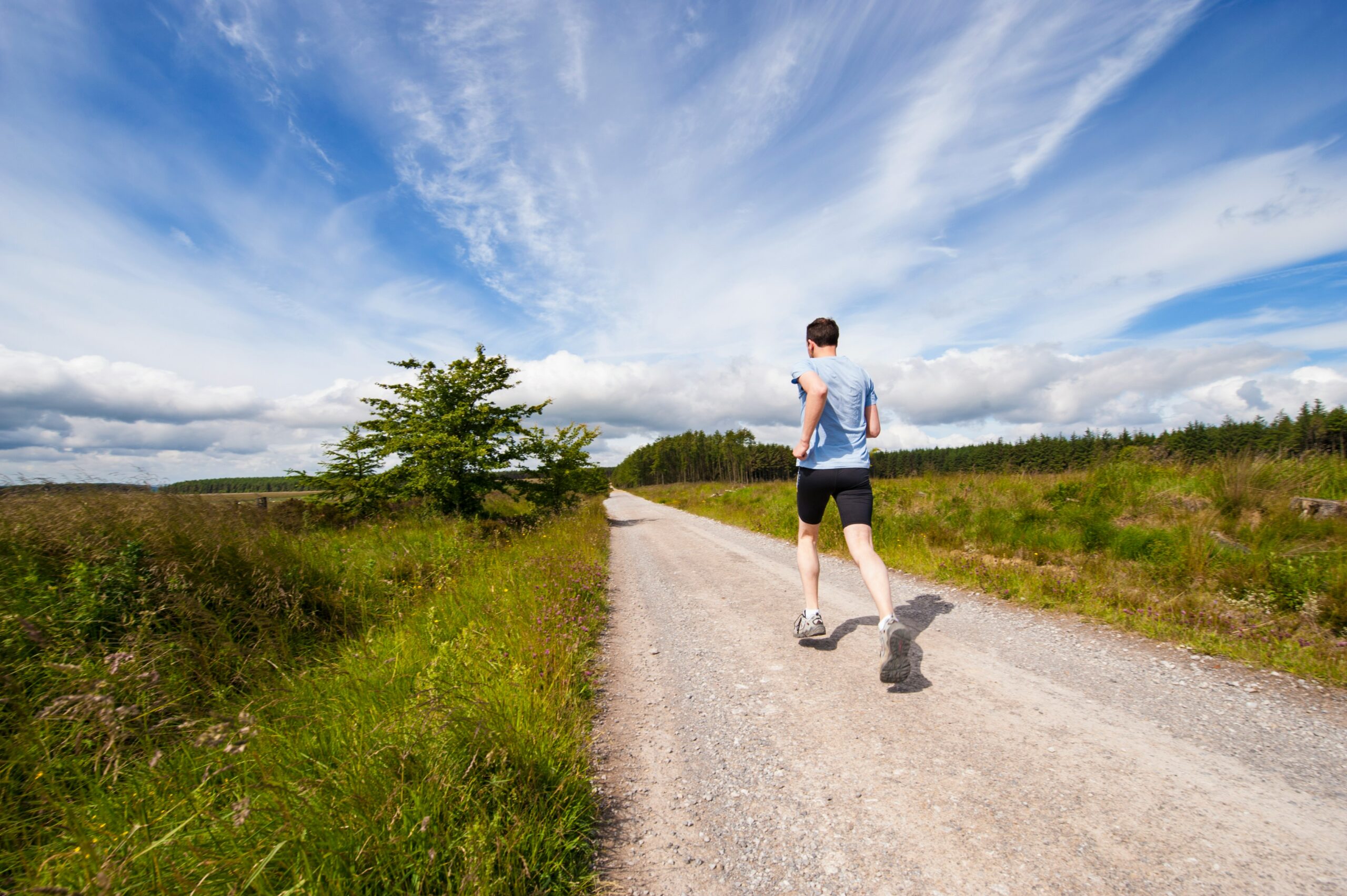
Running is one of the most accessible and effective forms of exercise, celebrated worldwide for its ability to boost physical health, mental clarity, and emotional well-being. Whether jogging through a quiet neighborhood, sprinting on a track, or tackling rugged trail paths, running connects people to their bodies and environments in a unique and empowering way. This timeless activity goes beyond simple locomotion; it’s a lifestyle, a challenge, and a source of personal transformation.
The Universal Appeal of Running
Running has been part of human history since our earliest ancestors needed to hunt, gather, and migrate. Today, it transcends cultures, ages, and fitness levels, embraced by millions for recreation, competition, and health.
What makes running so appealing is its simplicity. It requires minimal equipment—just a good pair of shoes—and can be done almost anywhere. The freedom to choose pace, distance, and terrain empowers runners to tailor their experience to their goals and preferences.
From casual joggers seeking stress relief to elite marathoners chasing records, running offers a scalable challenge with endless possibilities.
Physical Benefits of Running
Running is a cardiovascular powerhouse, strengthening the heart, lungs, and circulatory system. Regular running improves aerobic capacity, endurance, and stamina, helping the body efficiently deliver oxygen to muscles.
Beyond cardio, running supports weight management by burning calories and boosting metabolism. It also promotes stronger bones through weight-bearing impact, reducing the risk of osteoporosis. Muscle tone and joint stability benefit from consistent training, enhancing overall functional fitness.
Despite being a high-impact activity, running can be safe and sustainable with proper technique and gradual progression. Strengthening complementary muscle groups and maintaining flexibility helps prevent injuries.
Mental and Emotional Impact
Running’s influence extends deeply into mental health. Known for releasing endorphins—natural mood elevators—it creates the “runner’s high,” a euphoric feeling that reduces stress and anxiety.
Many runners use their time on the road as a form of moving meditation. The rhythmic footfalls and breath foster mindfulness, providing mental clarity and emotional release. Running also builds resilience, as pushing through fatigue teaches discipline and determination.
Studies show that running can help alleviate symptoms of depression and improve cognitive function, boosting memory and creativity. Social aspects, such as running clubs and races, further enhance emotional well-being through connection and shared purpose.
Types of Running and Training Approaches
Running encompasses diverse styles and disciplines. Understanding these can help individuals find the best fit for their interests and goals.
Jogging: A steady, moderate pace is ideal for beginners and fitness maintenance.
Sprint Training: Short bursts of maximum effort to develop speed and power.
Long-Distance Running: Endurance-focused running covering miles or kilometers, popularized by marathons and ultramarathons.
Trail Running: Running on natural terrain, adding challenge through uneven surfaces and elevation changes.
Interval Training: Alternating periods of high and low intensity to improve speed and endurance efficiently.
Training plans vary from casual schedules focusing on consistency to structured programs emphasizing progression, cross-training, and recovery.
Essential Gear and Injury Prevention
Proper gear enhances comfort and performance. Quality running shoes tailored to an individual’s foot type and running style provide cushioning and support, reducing injury risk.
Moisture-wicking clothing helps regulate body temperature, while accessories like hydration packs, GPS watches, and reflective gear improve safety and tracking.
Injury prevention is critical. Common issues include shin splints, runner’s knee, and plantar fasciitis.
Strategies to avoid injury involve warming up, stretching, strength training, and listening to the body’s signals: rest days and cross-training aid recovery and balance.
Running Communities and Events
Running fosters vibrant communities worldwide. Local running clubs offer support, camaraderie, and motivation. Group runs create social bonds and accountability, transforming exercise into a shared celebration.
Events from 5Ks to marathons unite runners of all levels. These races provide goals, test progress, and offer a thrilling atmosphere of achievement. Charitable runs and themed races add purpose and fun, drawing diverse participants.
Online platforms and apps further connect runners, enabling training plans, challenges, and virtual races that inspire global engagement.
Running as a Lifestyle
For many, running becomes more than exercise—it’s a lifestyle choice promoting holistic health. It influences diet, sleep patterns, and stress management. Runners often report improved self-esteem and a positive outlook.
Integrating running into daily routines requires planning, but it pays off with increased energy and productivity. It also fosters a connection with nature, particularly when running outdoors, which encourages environmental appreciation and mindfulness.
Overcoming Challenges and Staying Motivated
Despite its benefits, running poses challenges. Physical discomfort, time constraints, and mental barriers can deter consistency.
Setting realistic goals and celebrating small milestones keeps motivation high. Mixing routes, joining groups, and tracking progress maintains interest. Mindset shifts, viewing setbacks as learning experiences, help sustain long-term commitment.
Professional guidance from coaches or trainers can personalize training and prevent plateaus or injuries.
The Future of Running
Technological advancements continue to shape running’s evolution. Wearable devices provide real-time data on pace, heart rate, and biomechanics, aiding smarter training decisions. Virtual reality and augmented reality experiences offer new ways to engage.
Sustainability is also influencing the running world. Eco-friendly gear, green races, and trail conservation efforts reflect growing environmental awareness.
Inclusivity efforts strive to make running accessible to all, embracing diverse abilities, ages, and backgrounds.
Running is more than putting one foot in front of the other—it is a powerful catalyst for transformation.
It nurtures physical vitality, mental resilience, and emotional balance, offering a path to wellness accessible to nearly everyone.
Whether embarking on a first jog or training for an ultra-marathon, running invites individuals to explore their limits, connect with their surroundings, and find joy in motion. It is a timeless pursuit that continues to inspire health, community, and personal growth around the globe.
Striding into wellness through running means embracing movement as a celebration of life, a journey of strength and freedom that touches body, mind, and spirit.